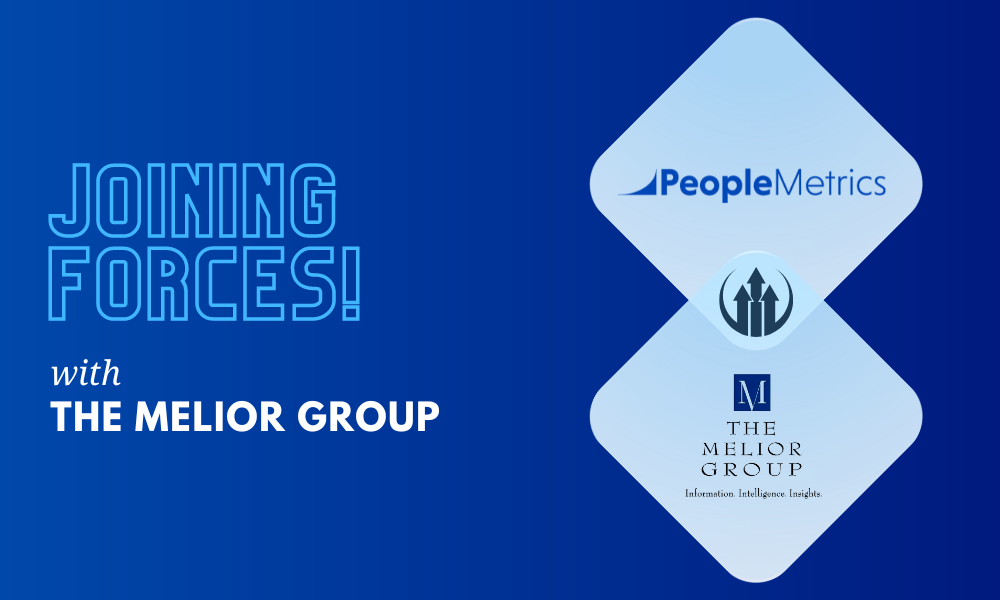Customer-centricity is increasingly being viewed by leaders as a strategic priority. Based on employee feedback from the PeopleMetrics 2011 Employee Engagement Trends report, this four-part series examines the seven practices that differentiate a customer-centric culture from a company-centric one.
Practice #5: Provide employees with the necessary resources to solve customer problems.
In our Employee Engagement Model, Resources is identified as one of the functional or extrinsic drivers of Engagement. Without the staff, technology, and support to do great work, people struggle to fully engage with their work. Employees in our study interpreted an investment in providing employees with proper resources as evidence that the company cares about customers and wants employees to do their best to take care of them.
It’s easy to profess customer centricity at the executive level and build a nice marketing campaign around the idea, but failure to make the monetary investment in the appropriate resources is all the evidence your employees will need that leadership does not actually value the happiness of the customer. The effect of this failure on employee morale was evident in our study as this one employee demonstrates, “Upper management has just been looking at the financial numbers the last several years and has cut back so many people that we are not able to keep up the same level of customer service that we used to be so proud of.”
Practice #6: Share customer feedback with employees.
CEOs who are focused on getting closer to the customer will also see the value in bringing the customer closer to the employee. Adam Grant, Wharton Professor, wrote an article titled, “How Customers Can Rally Your Troops.” This article examines the power of sharing the end user experience with employees. One test he conducted looked at the highly disengaging work of a call center aiming to raise donations. He found that having real end users share their stories with employees - not inspirational speeches from managers or monetary incentives - had the largest impact on employee effectiveness. In the end, they saw a 171% increase of money raised.
While customer feedback is not a substitute for a real live person in front of your employees, it does provide insight into how employees’ work impacts customers in a meaningful way. Customer feedback provides clear insight into what differentiates you in the eyes of your customer, and this information coupled with specific customer comments can tell a compelling story about the role employees play in creating better customer experiences.
Practice #7: Tell employees when they have done a good job serving customers
In a recent HBR post, “Why Appreciation Matters So Much,” Tony Schwartz, a renowned performance expert, writes, “Feeling genuinely appreciated lifts people up. At the most basic level, it makes us feel safe, which is what frees us to do our best work. It’s also energizing. When our value feels at risk, as it so often does, that worry becomes preoccupying, which drains and diverts our energy from creating value.” He references the work of researcher Marcial Losada who found that among high-performing teams, positive feedback outweighs negative feedback by a ratio of 5.6 to 1. And our own research confirms the power of sharing positive recognition. We found that employees who receive recognition from customers are 4.5 times as likely to be engaged compared to those who do not receive this feedback.
Customer-centric companies make a habit of letting employees know when they have done right by a customer. Based on the work of Adam Grant, we call this practice “outsourcing inspiration” because of how effectively this type of recognition embeds a sense of purpose in work.
In Bruce Temkin’s “Employee Engagement Benchmark Study,” he found that companies with good customer experiences have 2.5 times more engaged employees than companies with poor customer experiences. Is it any surprise then that the final three practices of customer-centric cultures focus on supporting the work of employees? Customer-centric companies know that getting closer to the customer starts with creating an employee experience that allows employees to do genuinely good work.
~Janessa Lantz
Topics: Employee Experience, Customer Experience





